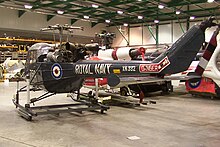Westland Aircraft was a British aircraft manufacturer located in Yeovil, Somerset. Formed as a separate company by separation from Petters Limited just before the start of the Second World War, Westland had been building aircraft since 1915. During the war the company produced a number of generally unsuccessful designs, but their Lysander would serve as an important liaison aircraft with the Royal Air Force. After the war the company focused on helicopters, and was merged with several other British firms to create Westland Helicopters in 1961.
Westland Helicopters was a British aircraft manufacturer. Originally Westland Aircraft, the company focused on helicopters after the Second World War. It was amalgamated with several other British firms in 1960 and 1961.
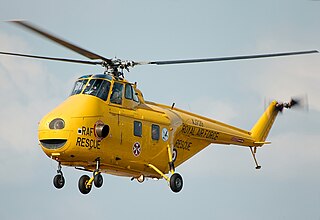
The Westland Whirlwind helicopter was a British licence-built version of the U.S. Sikorsky S-55/H-19 Chickasaw. It primarily served with the Royal Navy's Fleet Air Arm in anti-submarine and search and rescue roles.

The Westland Wasp is a small 1960s British turbine powered, shipboard anti-submarine helicopter. Produced by Westland Helicopters, it came from the same Saunders-Roe P.531 programme as the British Army Westland Scout, and is based on the earlier piston-engined Saunders-Roe Skeeter. It fulfilled the requirement of the Royal Navy for a helicopter small enough to land on the deck of a frigate and carry a useful load of two homing torpedoes.
Saunders-Roe Limited, also known as Saro, was a British aero- and marine-engineering company based at Columbine Works, East Cowes, Isle of Wight.

The AérospatialeSA 321 Super Frelon is a three-engined heavy transport helicopter produced by aerospace manufacturer Sud Aviation of France. It held the distinction of being the most powerful helicopter to be built in Europe at one point, as well as being the world's fastest helicopter.

The Westland Scout is a light helicopter developed by Westland Helicopters. Developed from the Saro P.531, it served as a land-based general purpose military helicopter, sharing a common ancestor and numerous components with the naval-orientated Westland Wasp helicopter. The type's primary operator was the Army Air Corps of the British Army, which operated it in several conflict zones including Northern Ireland and the Falklands War.
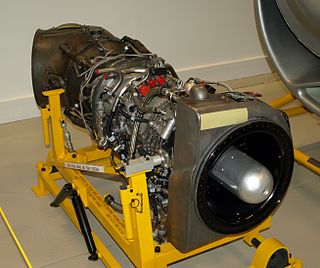
The Rolls-Royce Gnome is a British turboshaft engine originally developed by the de Havilland Engine Company as a licence-built General Electric T58, an American mid-1950s design. The Gnome came to Rolls-Royce after their takeover of Bristol Siddeley in 1968, Bristol having absorbed de Havilland Engines Limited in 1961.

The Westland WS-51 Dragonfly helicopter was built by Westland Aircraft and was an Anglicised licence-built version of the American Sikorsky S-51.
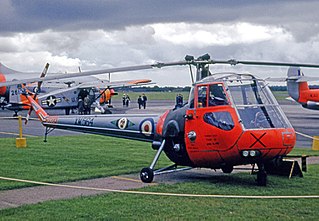
The Saunders-Roe Skeeter was a two-seat training and scout helicopter that was developed and produced by British manufacturer Saunders-Roe ("Saro") of Cowes and Southampton, in the United Kingdom.
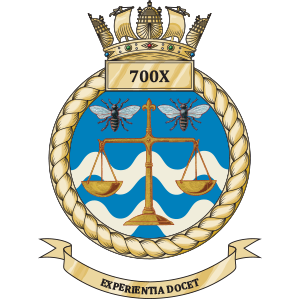
700 Naval Air Squadron is an experimental test squadron in the Royal Navy’s Fleet Air Arm.
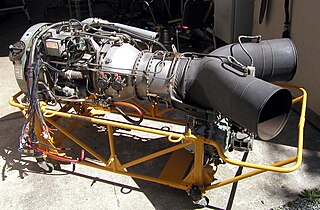
The Bristol Siddeley Nimbus, later known as the Rolls-Royce Nimbus, was a British turboshaft engine developed under license by Blackburn Aircraft Ltd. from the Turbomeca Turmo in the late 1950s. It was used on the Westland Scout and Westland Wasp helicopters.

The Turbomeca Turmo is a family of French turboshaft engines manufacturered for helicopter use. Developed from the earlier Turbomeca Artouste, later versions delivered up to 1,300 kW (1,700 shp). A turboprop version was developed for use with the Bréguet 941 transport aircraft.

The Westland Westminster was a British helicopter of the 1950s from Westland Aircraft. A large cargo design, it was powered by two turboshaft engines driving a single, five-bladed rotor. Initially unclad, the all-metal airframe was later enclosed in a fabric covering. Designed and built as a private venture without government assistance, it was cancelled when Westland took over rival helicopter producers and their more advanced projects.

The Agusta A.101 was a large prototype transport helicopter developed in Italy during the 1960s. Despite prospective orders from the Italian armed forces, no buyers emerged and the project was abandoned in 1971.

The Eurocopter EC635 is a multi-purpose light helicopter developed by Eurocopter as a military version of the Eurocopter EC135. It is a twin-engined aircraft and can carry up to 8 people, including the pilot, and a range of military equipment or armaments. The helicopter is marketed for troop transport, medical evacuation, cargo transport, reconnaissance and surveillance and armed combat support missions.
The SNCASE SE.3200 Frelon (Hornet) is a French helicopter built in the late 1950s. Intended to serve as a multirole helicopter for the French Army, Air Forces and Navy, two prototypes were built and flown before the project was dropped in favour of the SA 3210 Super Frelon.

The Fairey Ultra-light Helicopter was a small British military helicopter intended to be used for reconnaissance and casualty evacuation, designed by the Fairey Aviation Company.
The Kaman K-17 was a two-seat experimental helicopter built by Kaman in the late 1950s. It used a cold-jet rotor system.

